Last Updated on January 8, 2025 by teamobn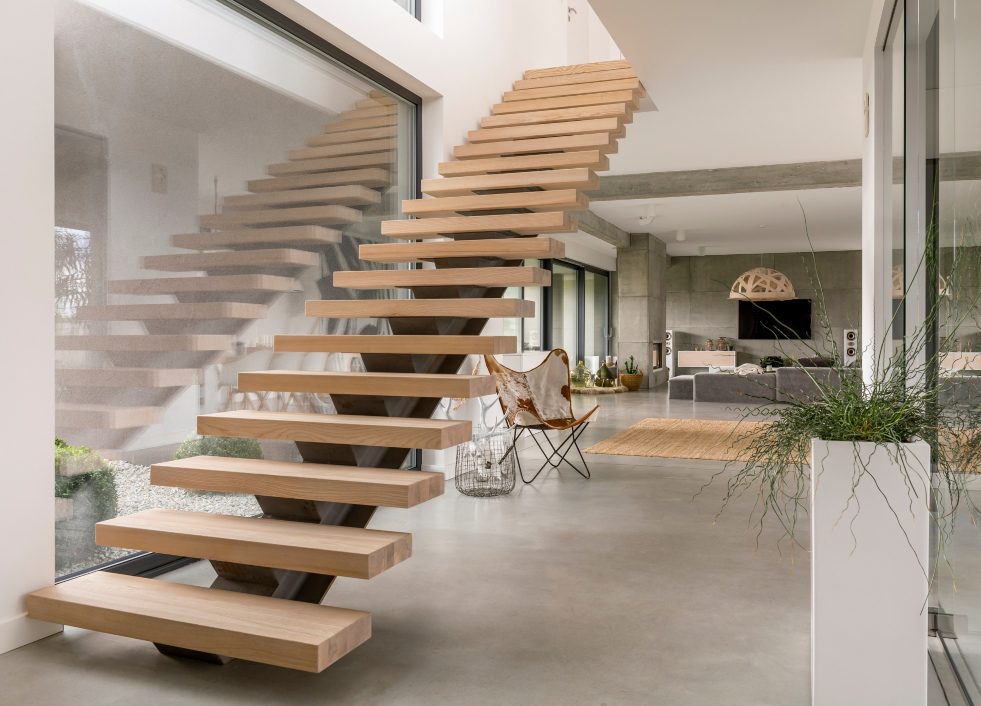
Why should you consider spiral stairs when a normal one lets you reach the upper or lower floor just the same? Spiral ones can be better than common stairs because of their compact size and artistic design. On the other hand, there are also reasons why homeowners do not want these stairs in their house.
Below is a close look at the comparison between spiral stars and traditional stairs. Which one is more practical or useful? Which stairs offer the best value? Get the answers below.
Contents
Brief Look at Spiral Staircases
Spiral staircases are a real classic. The steps wind around a centre post, leading you up or down in a tight circle. These structures have been around for a long time. They were first used in castles long ago to make it hard for attackers to get in. But these days, you’ll find them in all sorts of places like homes and offices. They bring something special that regular ones just can’t.
Spiral staircases come in various materials like stone, metal, and wood. The design can range from simple to elaborate. In some cases, they’re even like pieces of art. Spiral stairs open a playground for architects and designers to stretch their creativity.
In the design world, a spiral staircase is a standout feature. It captivates onlookers and elevates the entire design scheme. It’s not just a functional element; it’s a conversation starter. Next time you encounter one, remember it’s as much about aesthetic appeal as utility.
If you’re thinking about efficient use of space, spiral staircases offer an excellent solution. They provide flexibility that traditional ones often can’t match. Whether constrained by space or simply aiming for a more efficient layout, these stairs offer unique advantages.
So, consider a spiral staircase if you’re in the market for something that merges function with art. They offer an elegant yet practical solution to both aesthetic and spatial challenges.
How Spiral Staircases are Better Than Traditional Stairs
When picking the right stairs, the decision isn’t just about getting from one floor to another. It’s about optimizing your space, adding style, and even considering ease of installation.
Spiral staircases have some clear advantages over traditional ones. Let’s delve into how they provide more room, one of their most compelling benefits.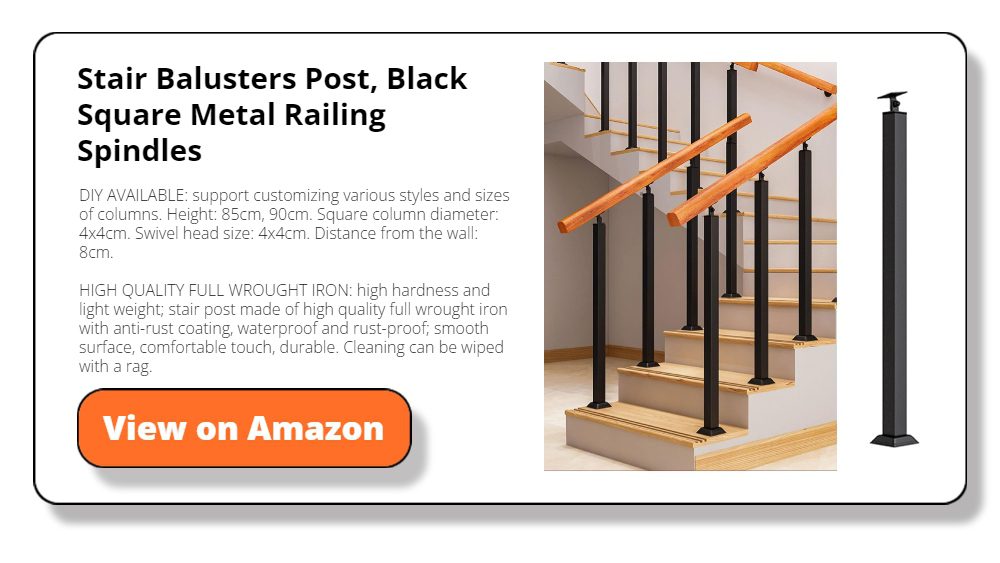
Provides More Room
In homes where space is at a premium, every square foot counts. Traditional stairs often take up a lot of room. They extend out in a straight line or have a landing that takes up even more space. This can make your living area feel cramped. You might even have to sacrifice a potential room just to make space for the stairs.
Spiral staircases change the interior space game. They wind upwards in a tight coil, almost like a corkscrew. This design takes up much less floor space. That means you can fit them into corners or areas where a traditional staircase wouldn’t work. You save valuable square footage that you can use for other things, like furniture or even another small room.
This space-saving feature makes spiral staircases a go-to for tiny homes or apartments. It allows these small living spaces to have a second floor without occupying too much room. The saved space is highly valuable in larger homes for storage or other uses.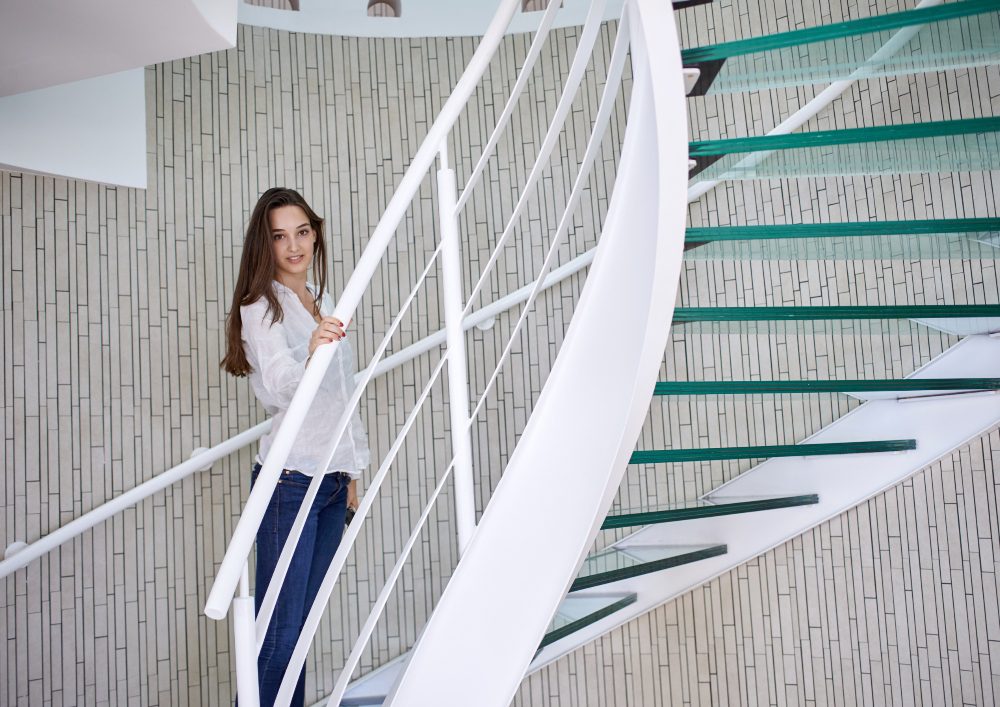
Highly Decorative
Spiral staircases have the potential to be more decorative than common ones. If you look up living room images, notice how your eyes are drawn to those with spiral steps. The unusual cylindrical shape of these stairs lets you add more personality to your house’s aesthetics.
With the right contractor, You can get more creative with your spiral stairs. You might find one who can do incredible ironwork on the handrail or steps made from exotic, beautiful wood. All these details turn a simple staircase into a showstopper.
But the impact goes beyond just the stairs. It can inspire how you decorate the whole room. Imagine how holiday decorations like garlands or lights would look on a spiral staircase. It’s not just a way to get upstairs—it’s part of your home’s personality.
A spiral staircase is a great choice if you want to make a strong design statement. It looks amazing and sets the tone for the whole space. People will talk about it when they visit.
Durable & Long Lasting
Spiral staircases are not just good to look at; they’re built to last. They handle things like weather changes well, especially if they’re made from tough materials. This means they don’t crack or warp easily. Over the long haul, they need fewer repairs compared to traditional staircases.
So, if you want a beautiful and durable staircase, think about getting a spiral one. It’ll look good and work well for many years with the right care. It’s a smart investment that pays off in both style and durability.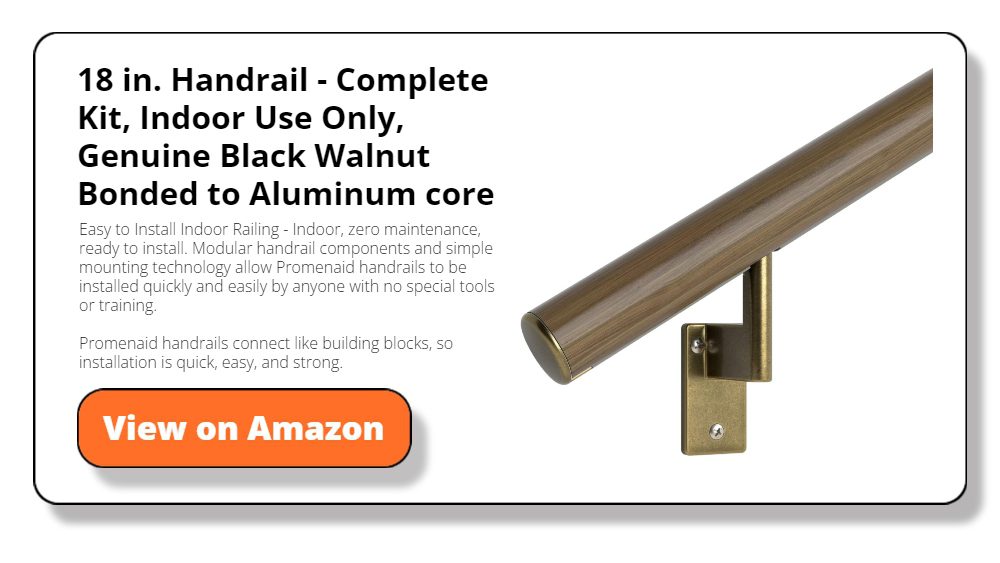
Why Homeowners Avoid Spiral Staircases
Spiral staircases bring a lot to the table regarding style and space-saving. But they’re not for everyone. There are reasons some homeowners steer clear of them despite their aesthetic and functional benefits.
Let’s look at one significant drawback: the comfort level for climbing, particularly for seniors or those with physical limitations.
Uncomfortable for Many People
Spiral staircases are cool to look at, but they can be tough to use. The steps are often narrow, and the climb is steep. This makes it hard for some people to get up and down. For seniors, these stairs can be a real problem.
Weak legs and balance issues make the climb not just hard but risky. People with injuries face the same problems. Imagine trying to go up with a sore knee or sprained ankle. It’s not just painful; it’s also tough to balance.
This design is also a worry for families with kids or pets. Small feet and paws have a hard time on narrow steps. Carrying things like laundry up these stairs can be a pain for healthy adults.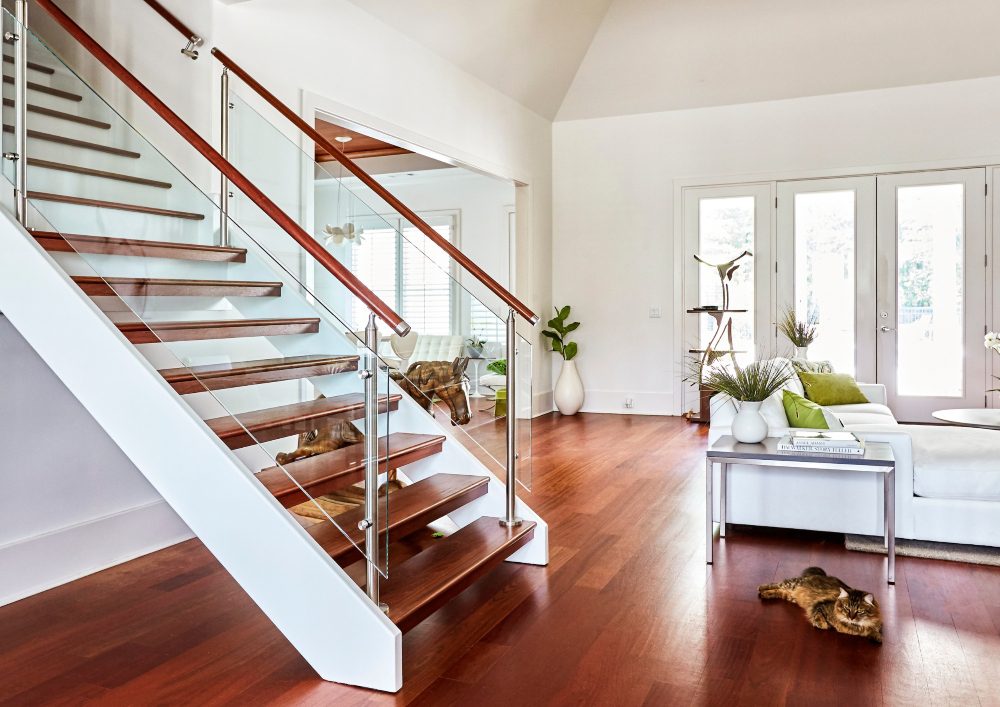
Safety Issue
Spiral staircases look great, but they can be risky. Moving big stuff like furniture is hard. The stairs are narrow and have tight turns. Even with help, you could slip or drop things. This can damage the item and even hurt you.
Emergencies are another concern. Traditional stairs let people move freely, but spiral stairs don’t. A fire or other crisis can cause delays and add risk. Time matters in emergencies, and these stairs might slow you down.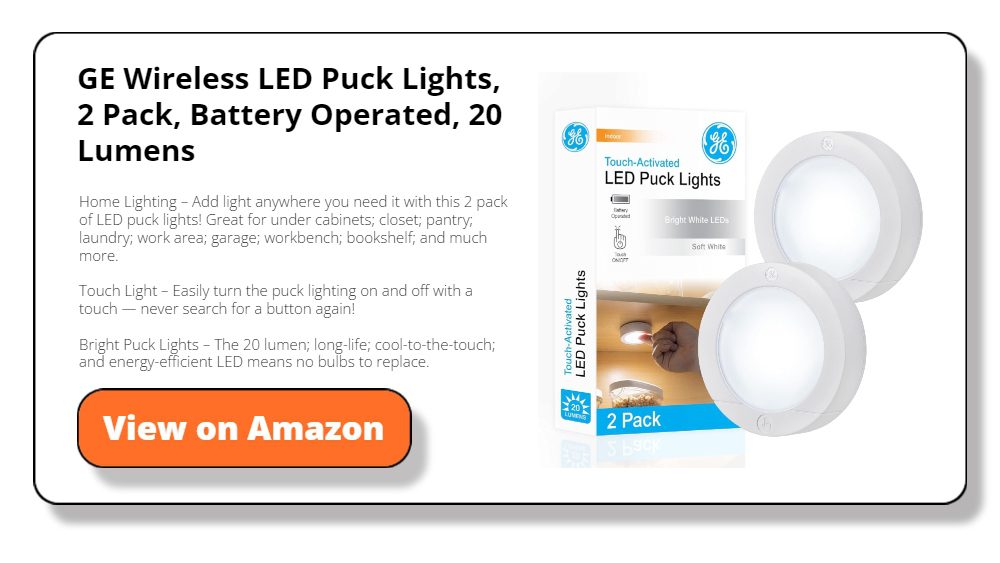
Navigating in the dark is also tough. The stairs are steep and have tight turns. Misjudging a step can easily happen, leading to a fall. While this is a risk with stairs, it’s worse with spiral ones.
One way of easily fixing the problem with a dark spiral staircase is a Puck Light. These lighting pucks can be attached anywhere with a screw or strong double-sided tape.
In short, spiral staircases have their pros, but safety isn’t one of them. These stairs have challenges, whether moving stuff, dealing with an emergency, or walking in the dark.
Impact on Home Value
Spiral staircases can be a make-or-break feature for homebuyers. For some, they add a unique and fancy touch to a home. But for others, they see the issues we’ve talked about, like comfort and practical use. A couple planning on kids might avoid a home with these stairs.
The same goes for someone who loves to host big parties. Fewer people interested could mean a lower selling price for your home.
But there’s a flip side. Some buyers love the uniqueness and space-saving design of a spiral staircase. For them, the pros outweigh the cons. They might even pay more for a home that has one.
So, while a spiral staircase can be a concern, it can also be a unique selling point. It gets people talking, whether they love it or hate it.
Traditional and Spiral Case Costs
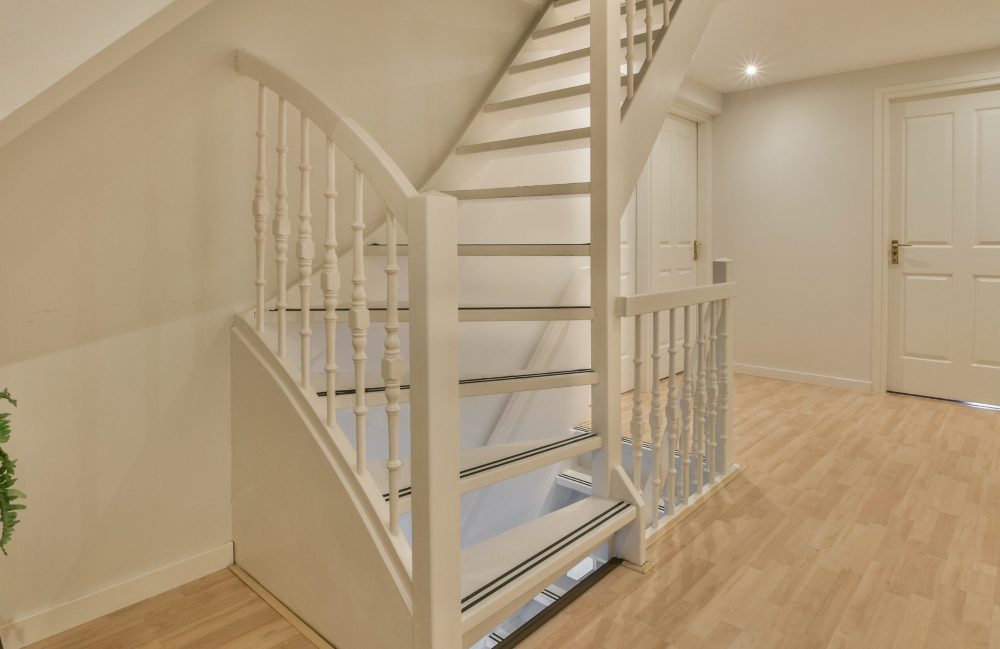
When choosing between traditional and spiral staircases, one major factor that comes into play is cost. Budget considerations can make or break a decision, so let’s unpack the financial aspects of each option.
Traditional stairs are usually cheaper at the start. The design is simple, and the labour costs are predictable. Spiral stairs often cost more upfront. They need skilled workers to make the curve and set up the middle column.
But don’t just think about the initial cost. Spiral stairs can save space, which might raise your home’s value. Traditional stairs take up more room, which you could use for other things.
Maintaining these stairs also costs money. Traditional stairs are easier and cheaper to take care of. Spiral stairs might need more upkeep, especially if they have fancy details. This adds to their long-term cost.
Both stair types have pros and cons when it comes to cost. Traditional stairs might be cheaper initially, but spiral stairs could pay off later. As always, think carefully about what will work best for you and your budget.
Conclusion
Choosing between traditional and spiral stairs is not easy. Traditional stairs are usually more comfortable and easier to use. Spiral stairs save space and offer a unique look. But each has its downsides, like safety risks and long-term costs.
The right choice depends on what you need and want for your home. A good staircase should also be easy on your wallet.






